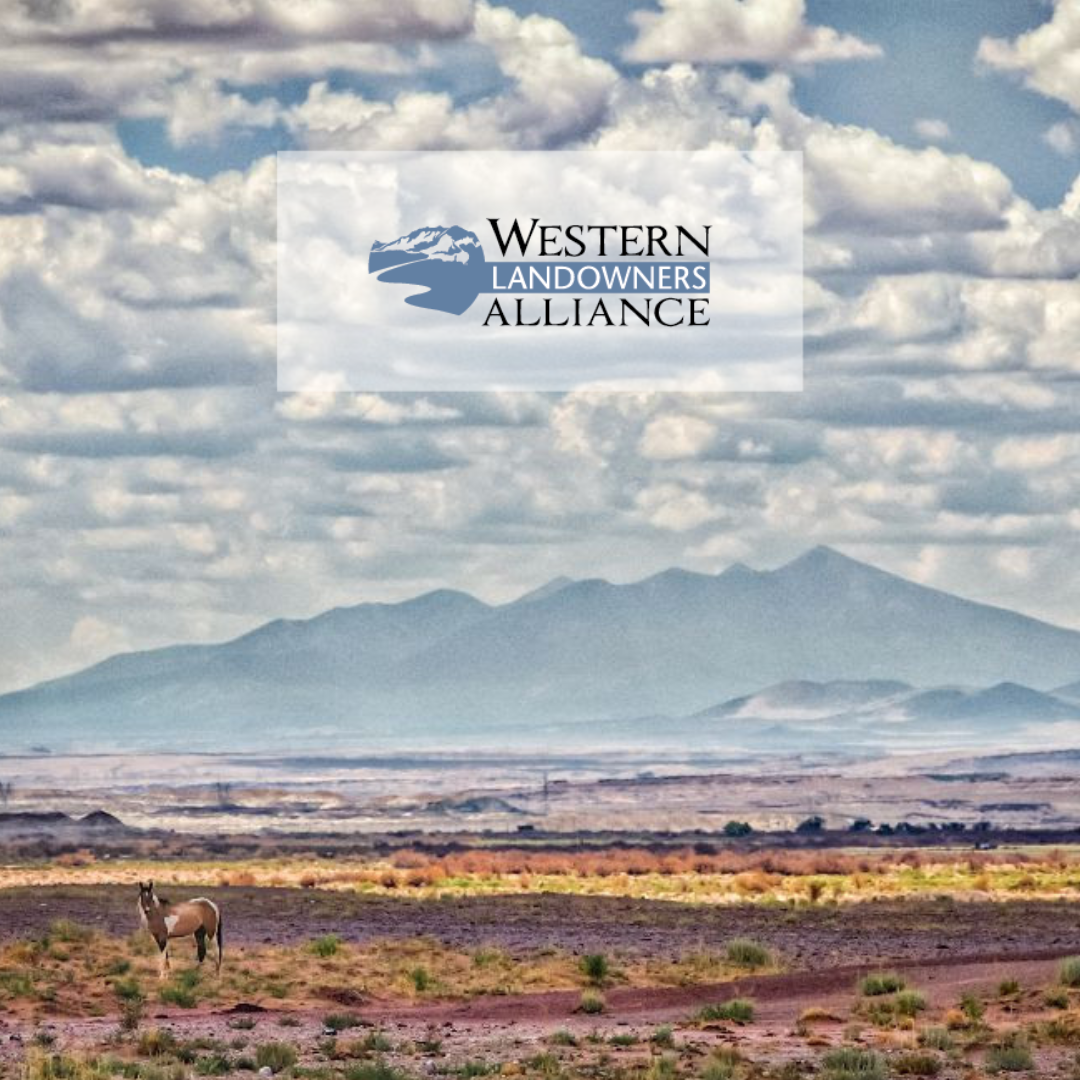Greenhouse Gas Report to Assist Producers Facing Climate Challenges
For the First Time, USDA Climate Hubs Get New Tools to Gauge Progress in Building Drought-Resistant Healthy Soil
WASHINGTON, July 31, 2014 – The U.S. Department of Agriculture (USDA) today released a report that, for the first time, provides uniform scientific methods for quantifying the changes in greenhouse gas emissions (GHG) and carbon storage from various land management and conservation activities. The report, titled Quantifying Greenhouse Gas Fluxes in Agriculture and Forestry: Methods for Entity-Scale Inventory, will help USDA evaluate current and future greenhouse gas conservation programs, as well as develop new tools and update existing ones to help farmers, ranchers and forest landowners participate in emerging carbon markets. “America’s farm, ranch and forest managers are stewards of the land, and have long recognized the significance of managing soil health, plant productivity and animal nutrition. Conservation practices and other management changes can reduce GHG emissions and increase carbon storage while improving soil health, productivity, and resilience to drought and other extreme weather,” said Undersecretary for Natural Resources and Environment Robert Bonnie. “In partnership with USDA and the Obama Administration, State and regional GHG offset programs and voluntary GHG markets can help make these practices less costly to implement and increase the producer’s bottom line.” Today’s report outlines science-based methods for quantifying changes in GHG emissions and carbon storage at the local farm, ranch or forest operation. Reducing GHG emissions and increasing carbon storage builds healthy, carbon-rich soils and more resilient production of food, fiber and fuel. USDA recently established Regional Climate Change Hubs to assist landowners with management challenges that arise from weather variability and climate change. The methods report and the tools provided in it will aid the Hubs in giving landowners information on management options to improve agriculture production, soil health, and resource conservation. The report is the work of 38 experts in GHG estimation in the cropland, grazing land, livestock and forest management sectors across academia, USDA and the federal government. The report was reviewed by an additional 29 scientists, other Federal experts, and the public. While developing the report, reviewers considered scientific rigor, transparency, completeness, accuracy, and cost effectiveness, as well as consistency and comparability with other Federal GHG inventory efforts. The report can be downloaded at www.usda.gov/oce/climate_change/estimation.htm. Current USDA carbon tools, such as USDA’s COMET-Farm, are being updated to incorporate the new methods. Using COMET-Farm, a land manager who is considering a shift to no-till production system, for example, can evaluate the soil carbon benefits of that system and consider revenue opportunities provided by entering into a voluntary agreement with a carbon market. The methods in the report are comprehensive, addressing a wide variety of cropland, grazing land, livestock and forest management practices. For more information on USDA’s Climate Change activities, please visit www.usda.gov and click on “Climate Solutions.” # USDA is an equal opportunity provider, employer and lender. To file a complaint of discrimination, write: USDA, Director, Office of Civil Rights, 1400 Independence Avenue, SW, Washington, DC 20250-9410 or call (800) 795-3272 (voice), or (202) 720-6382 (TDD).
Join WLA to stay up to date on the most important news and policy for land stewards.
Become a member for free today and we will send you the news and policy developments critical to the economic and ecological health of working lands.
WLA works on behalf of landowners and practitioners throughout the West. We will never share your contact information with anyone.
©2025 Western Landowners Alliance • PO BOX 27798, Denver, CO 80227 • 505.466.1495
Western Landowners Alliance is a 501 (c)(3) non-profit recognized by the IRS.
Tax ID: 46-1346488
